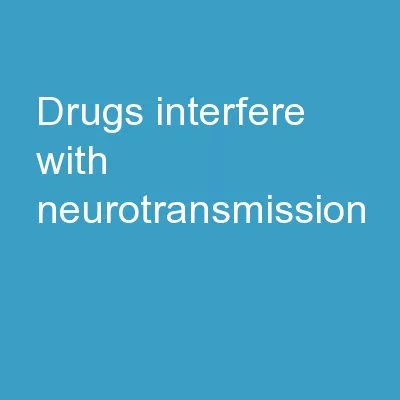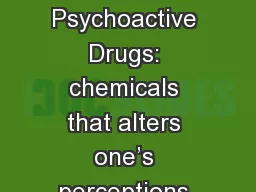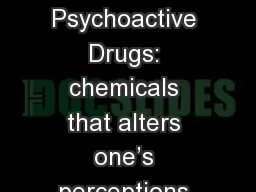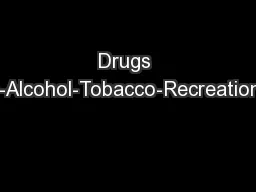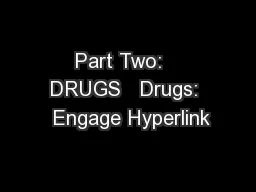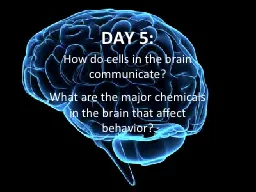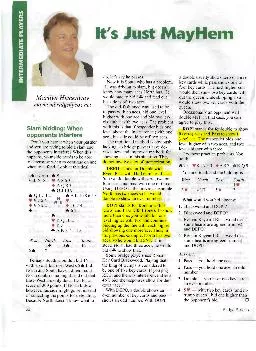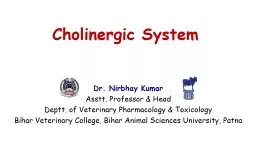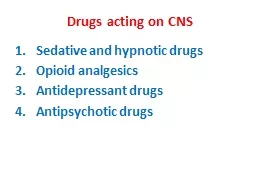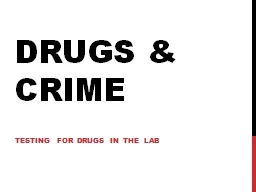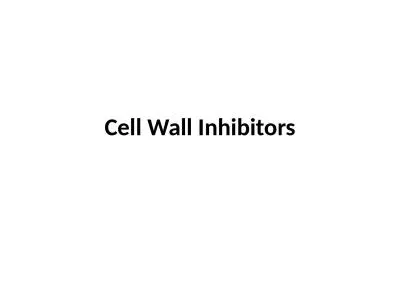PPT-Drugs Interfere with Neurotransmission
Author : test | Published Date : 2018-12-16
in the Brain Median Forebrain Bundle MFB is the reward center C ontains nerve cells that contain dopamine a pleasurecausing neurotransmitter When stimulated
Presentation Embed Code
Download Presentation
Download Presentation The PPT/PDF document "Drugs Interfere with Neurotransmission" is the property of its rightful owner. Permission is granted to download and print the materials on this website for personal, non-commercial use only, and to display it on your personal computer provided you do not modify the materials and that you retain all copyright notices contained in the materials. By downloading content from our website, you accept the terms of this agreement.
Drugs Interfere with Neurotransmission: Transcript
Download Rules Of Document
"Drugs Interfere with Neurotransmission"The content belongs to its owner. You may download and print it for personal use, without modification, and keep all copyright notices. By downloading, you agree to these terms.
Related Documents

